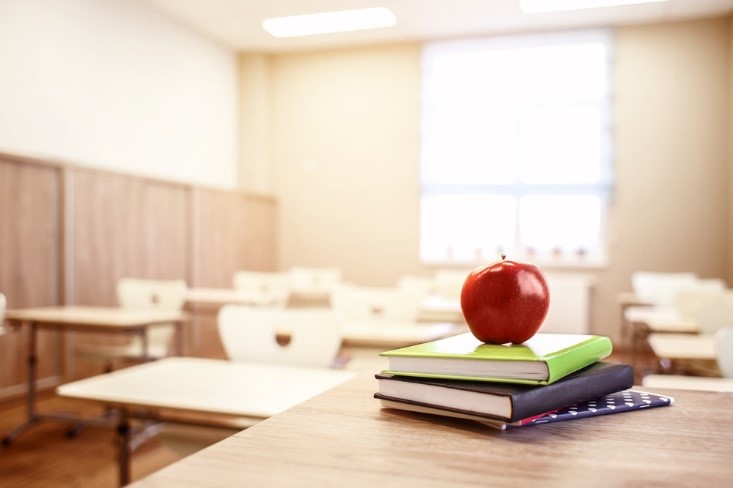Are you looking for strategies to help students who don’t use their study time wisely? If so, keep reading.
1. Stop the student from becoming overstimulated by a learning experience (e.g., frustrated, angry, excited, etc.).
2. Give alternatives for the traditional format of instructions (e.g., record instructions, summarize instructions, instructions given by peers, etc.).
3. Praise those students in the classroom who attempt and finish tasks during study time.
4. Move materials used for tactile stimulation (e.g., pens, paper clips, loose change, etc.) away from the student’s reach.
5. Practice instruction-following skills on nonacademic tasks.
6. Show tasks in the most attractive and exciting manner possible.
7. Repeat instructions to increase the likelihood of comprehension.
8. Make the student begin each task within a specific duration of time (e.g., three minutes, five minutes, etc.).
9. Establish time limits so that the student knows how much time is available to work and when work should be finished.
10. Organize their surroundings in such a way as to give the student increased chances for help or assistance.
11. Give the student a selection of tasks and require them to select a minimum number from the total amount (e.g., present the student with three academic tasks from which two must be finished during study time).
12. Rewrite instructions at a lower reading level.
13. Teach the student time-management skills. Get the student to make a daily plan and follow it. Urge the student to avoid becoming distracted by activities, impulses, and moods.
14. With the student, chart those tasks that have been finished in a given period.
15. Talk with the student to explain (a) what they are doing wrong (e.g., not working during study time) and (b) what they must be doing (e.g., finishing tasks during study time, studying, etc.).
16. Draft an agreement with the student stipulating what behavior is required (e.g., working on class tasks during study time) and which reinforcement will be implemented when the agreement has been met.
17. Indicate what is to be done for the conclusion of a task (e.g., indicate definite starting and stopping points, indicate the minimum requirements, etc.).
18. Organize their surroundings in such a way as to lessen distracting stimuli (e.g., place the student on or near the front row, give a carrel or quiet space away from distractions, etc.). This is to be used as a way to lessen distractions, not as a form of punishment.
19. Utilize a timer to help the student know how much time they have to study.
20. Minimize emphasis on academic and social competition. Fear of failure may cause the student to not want to finish tasks in a given period.
21. Consider using assistive technology designed to help students to attention deficit hyperactivity disorder to concentrate. Click here to view list of assistive technology apps that we recommend.





